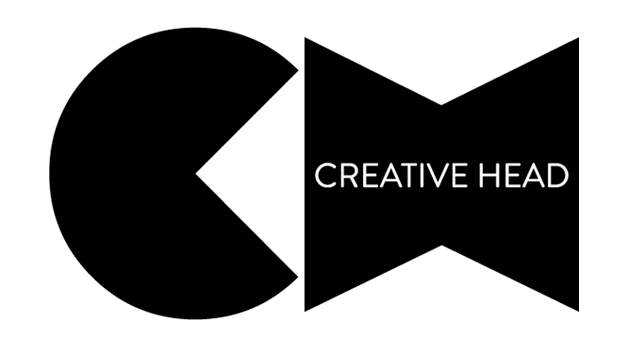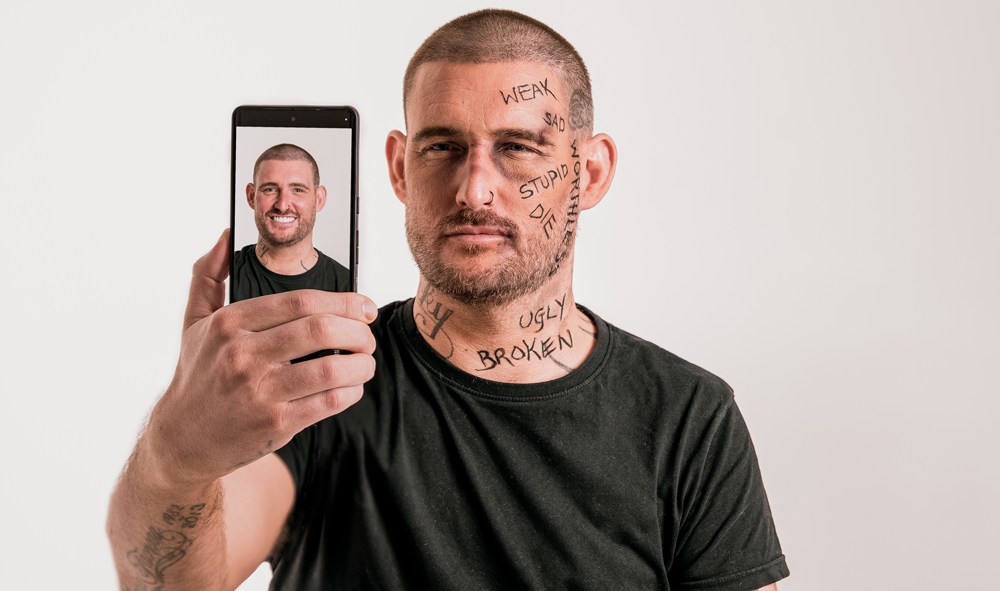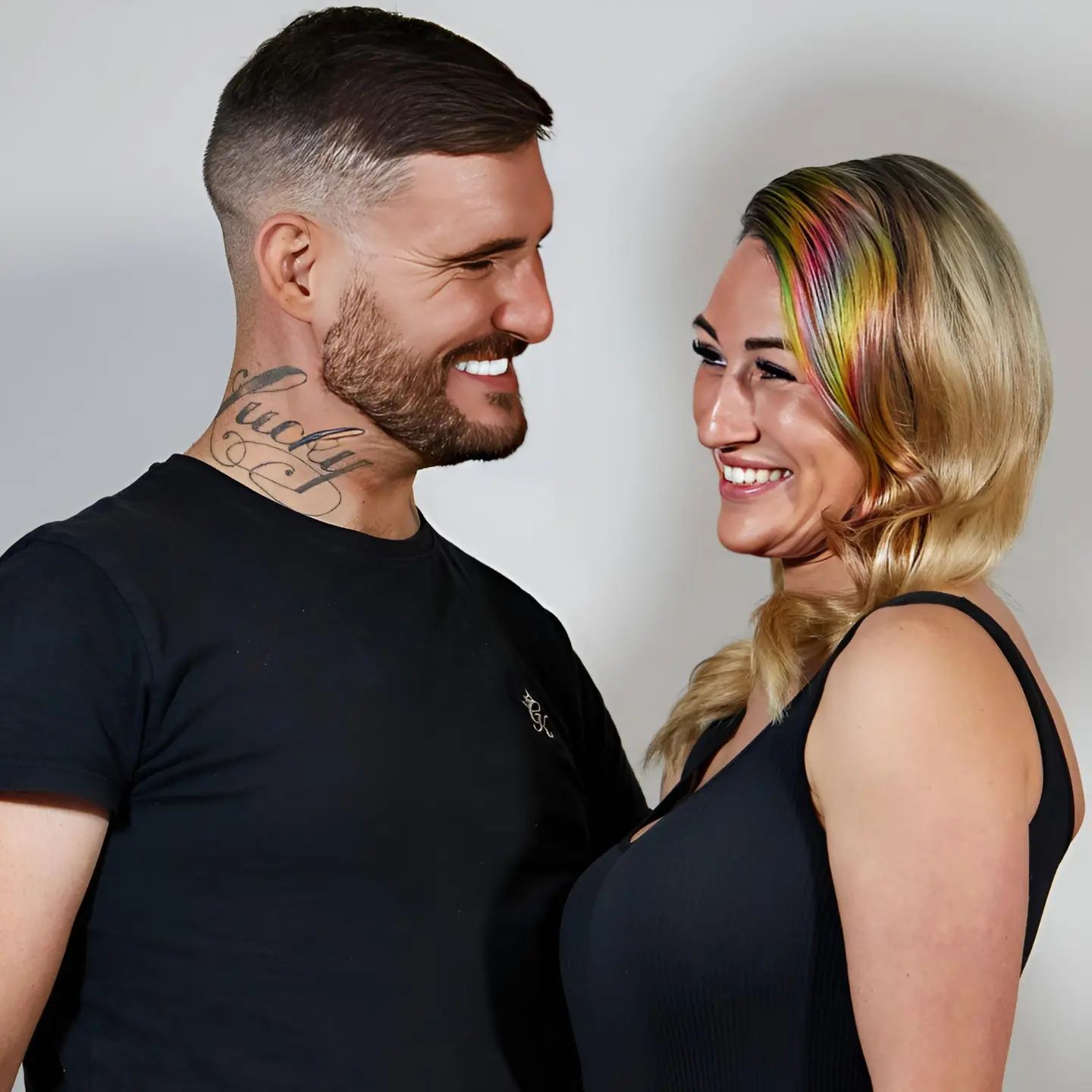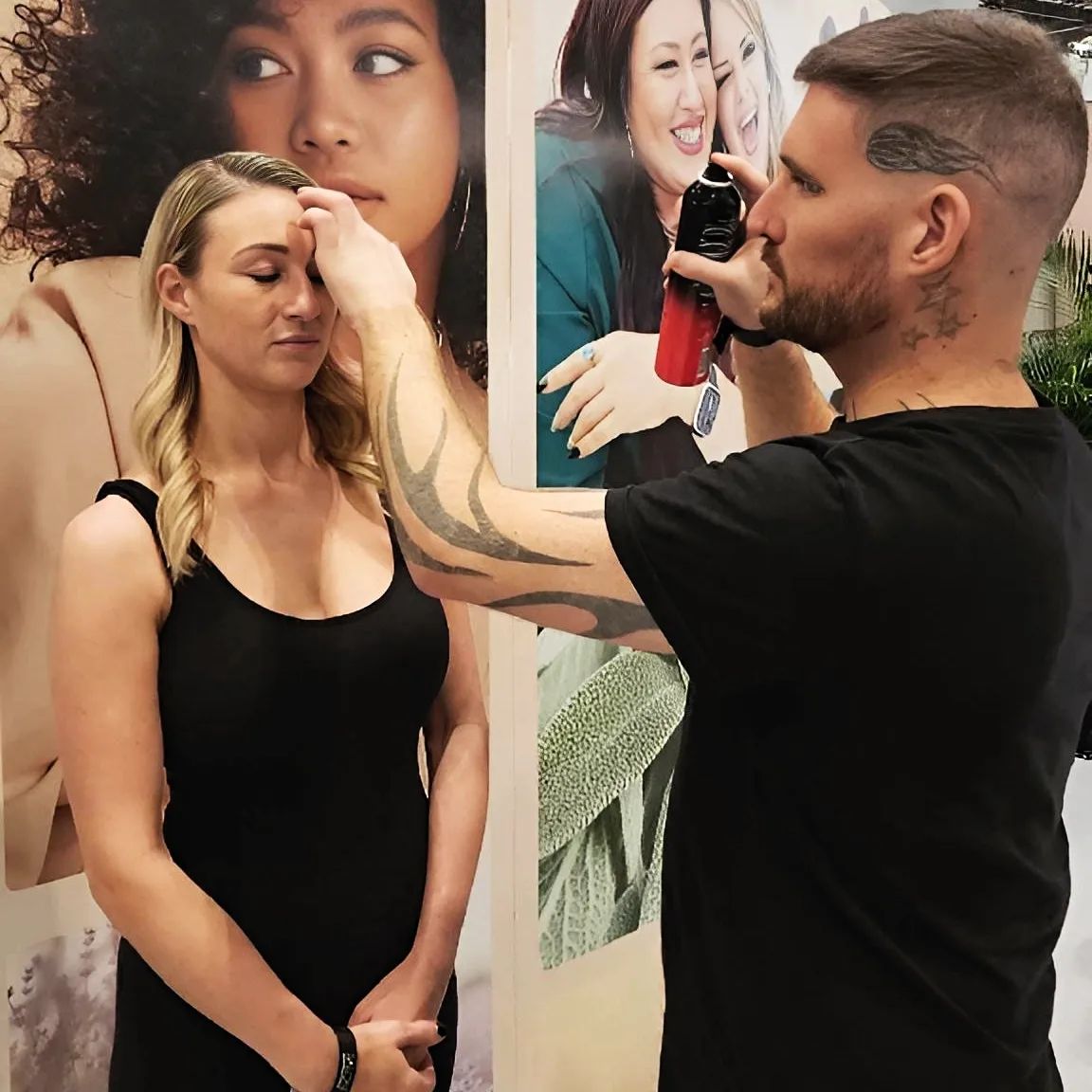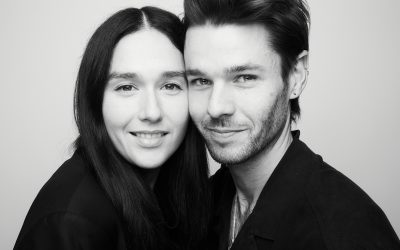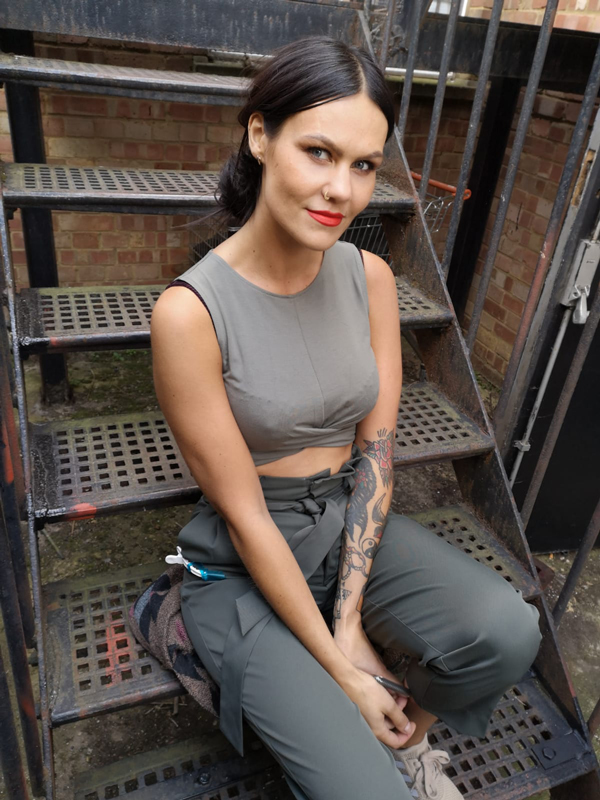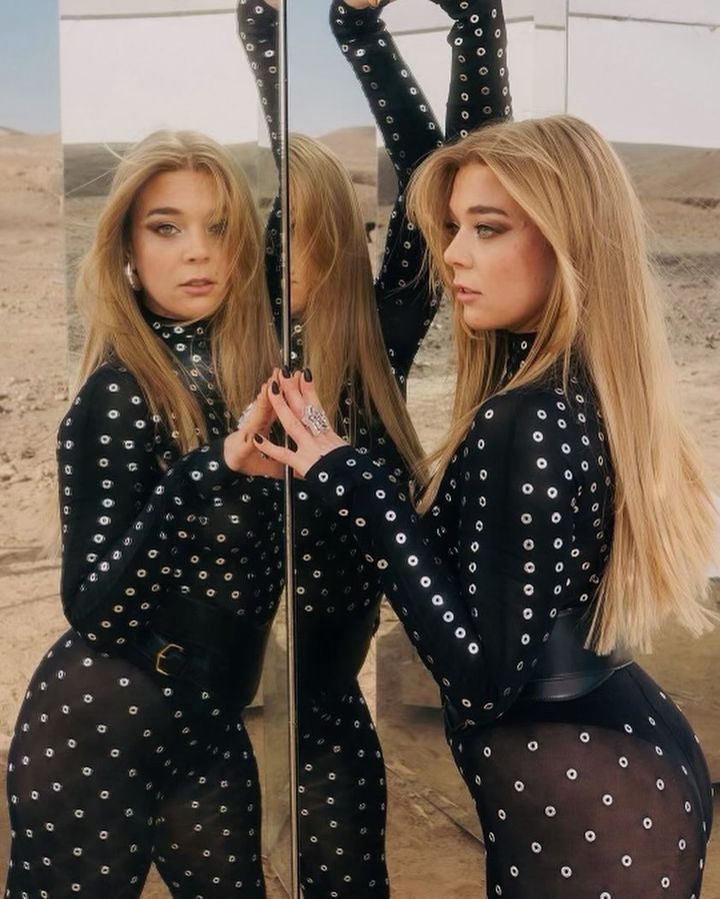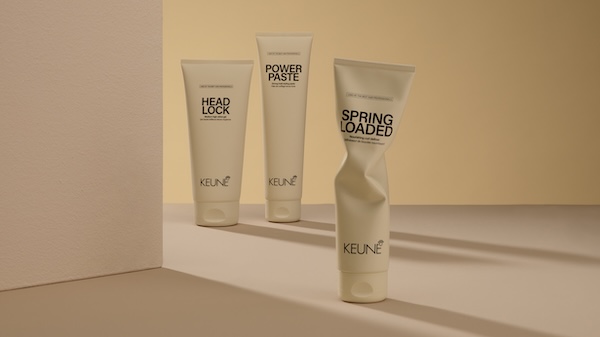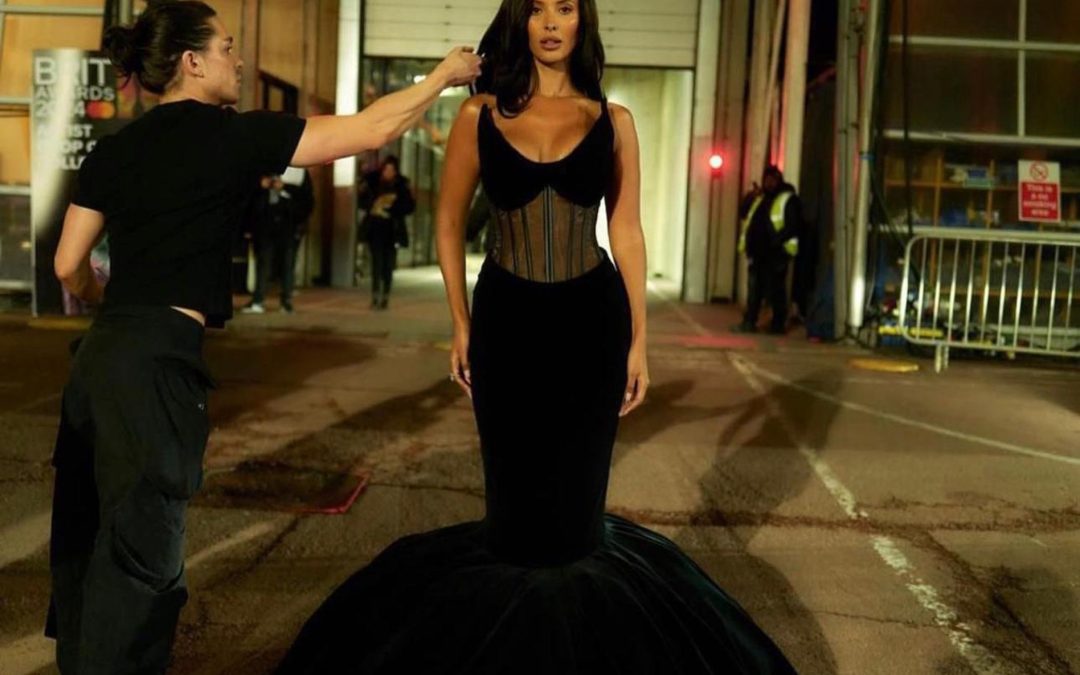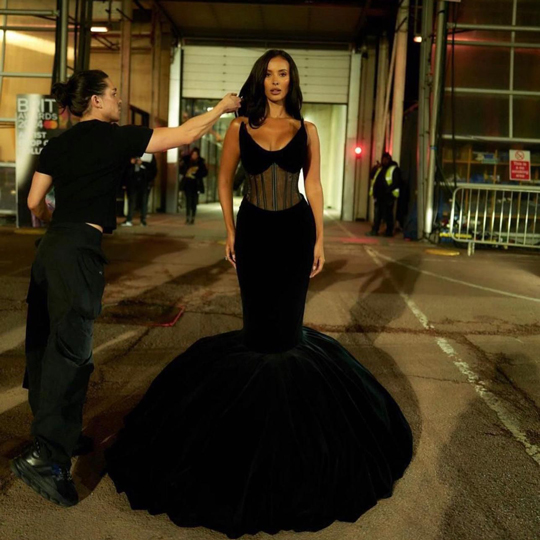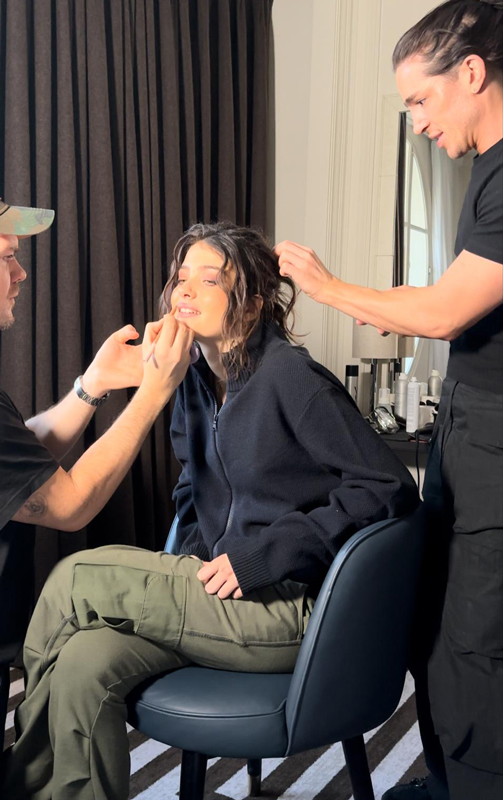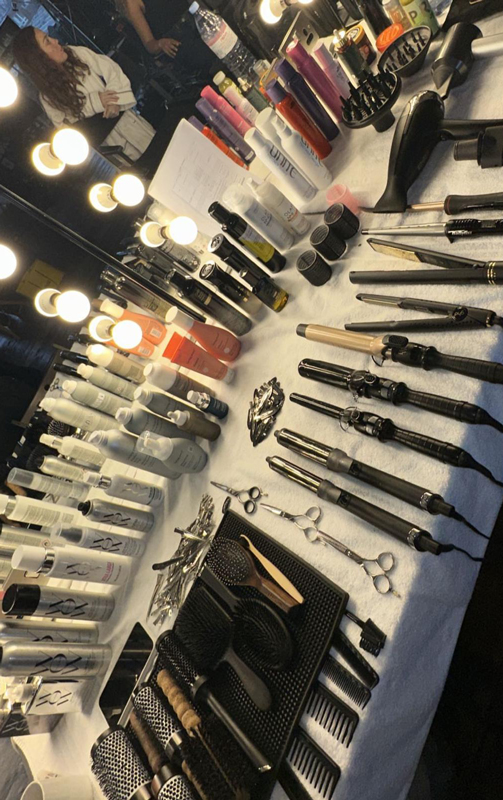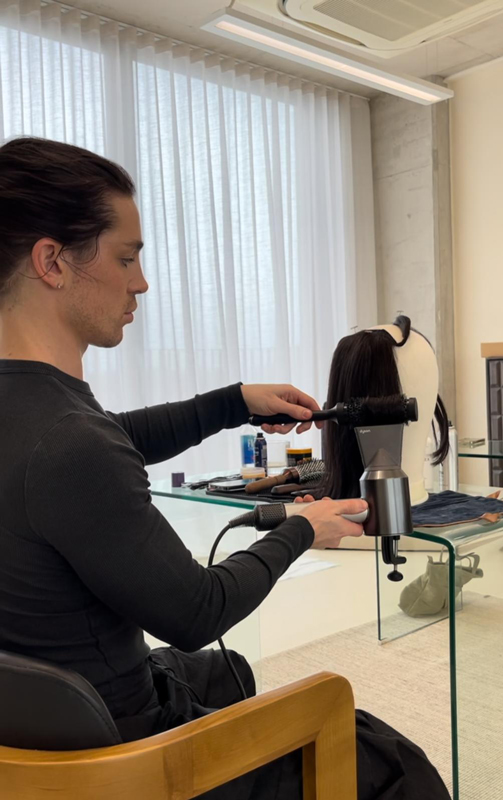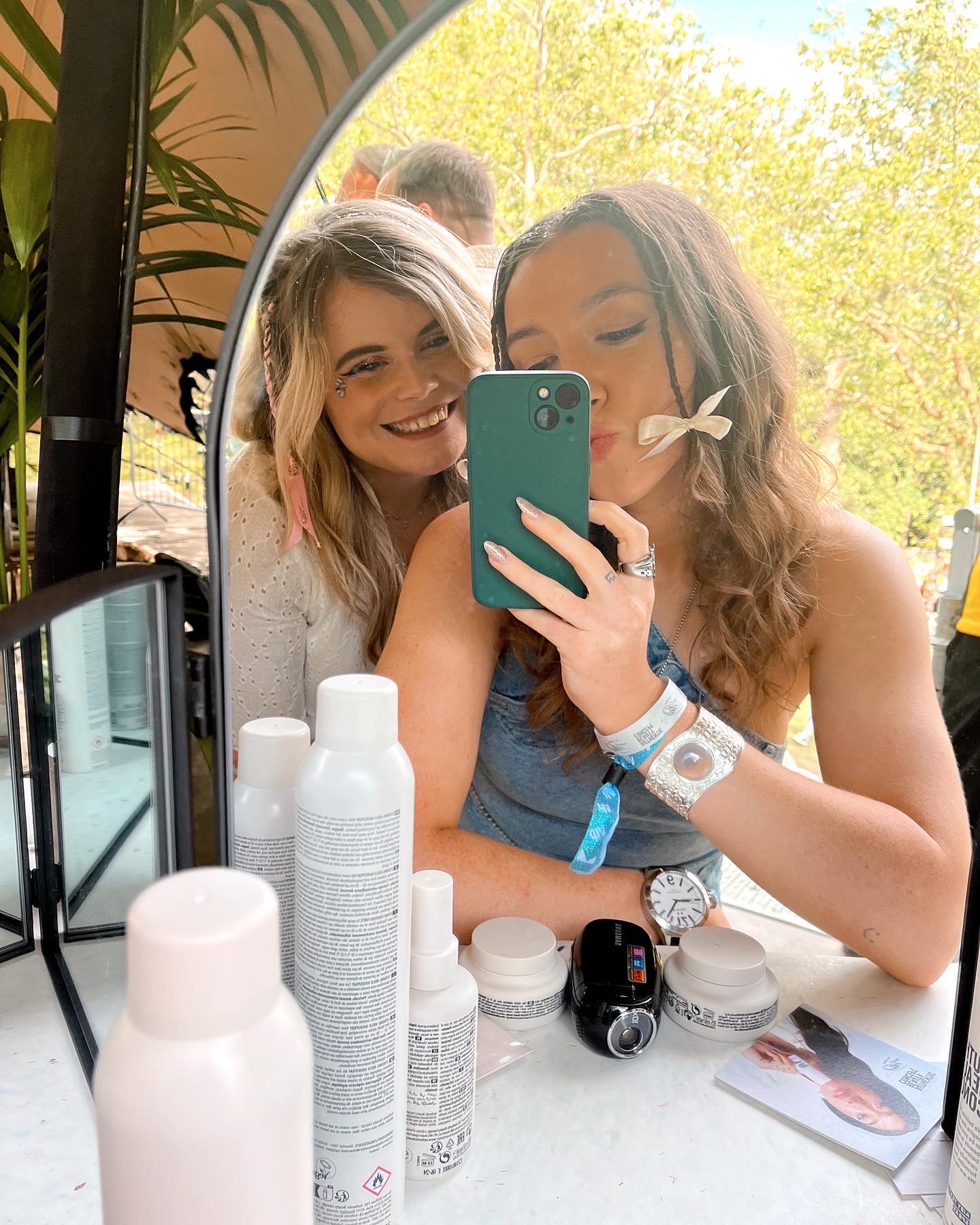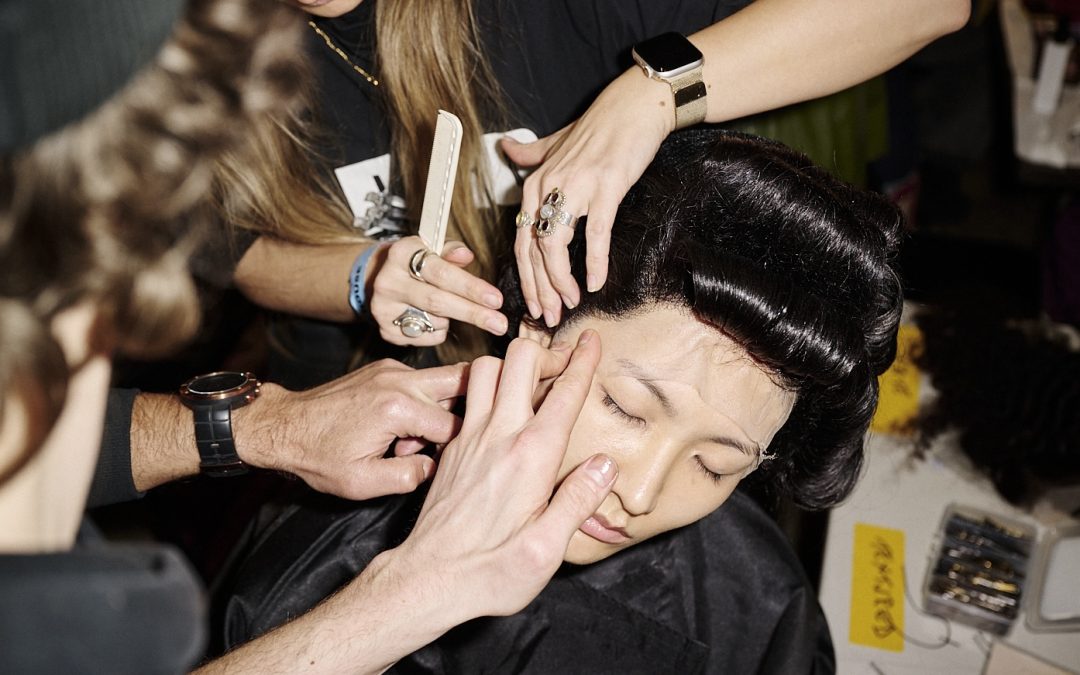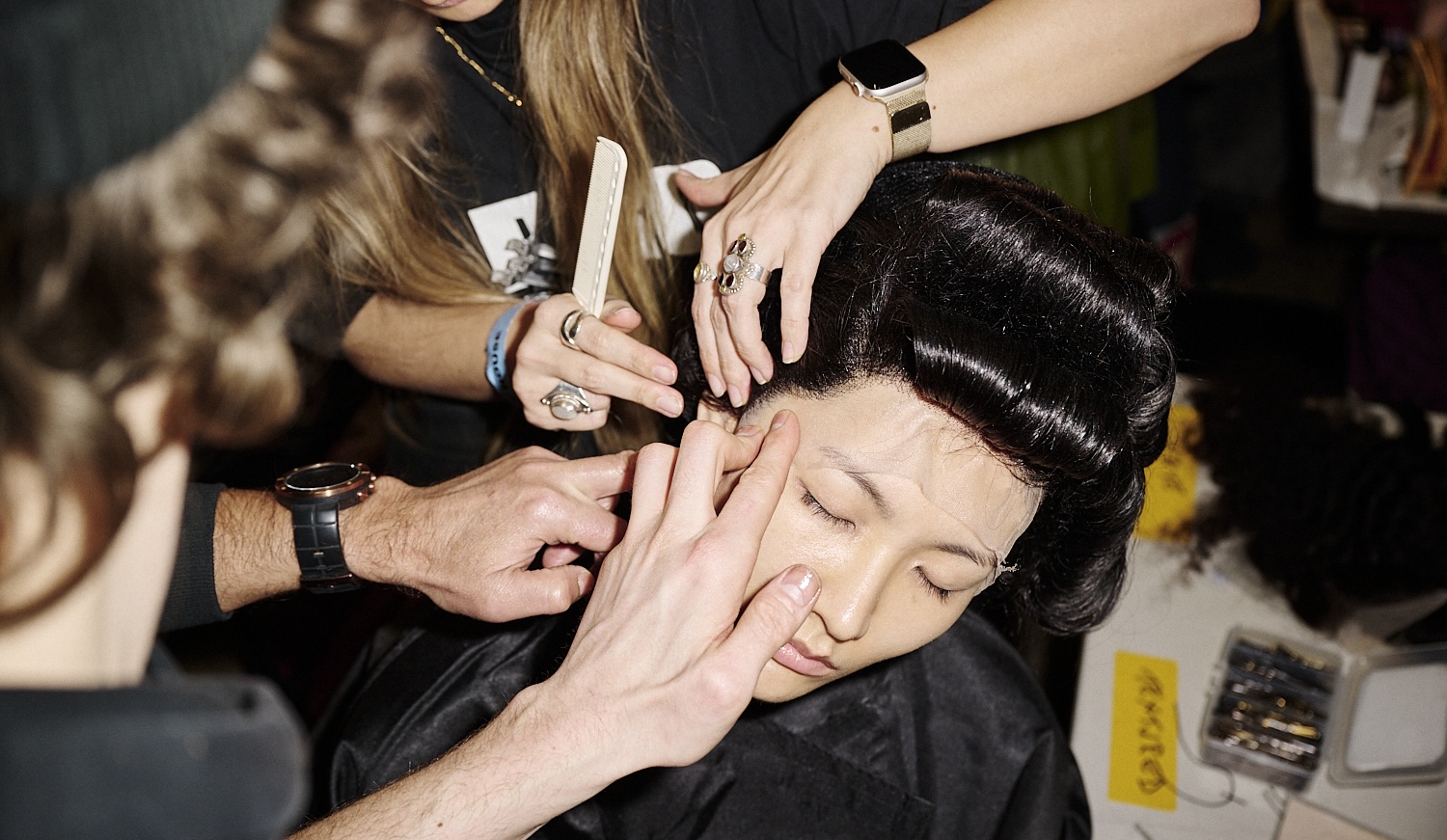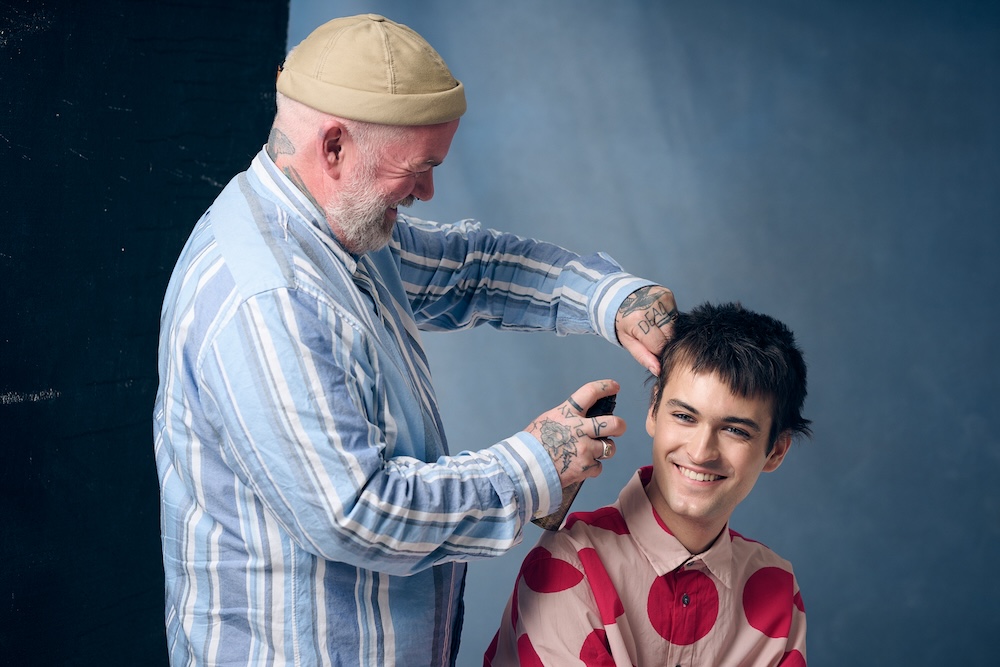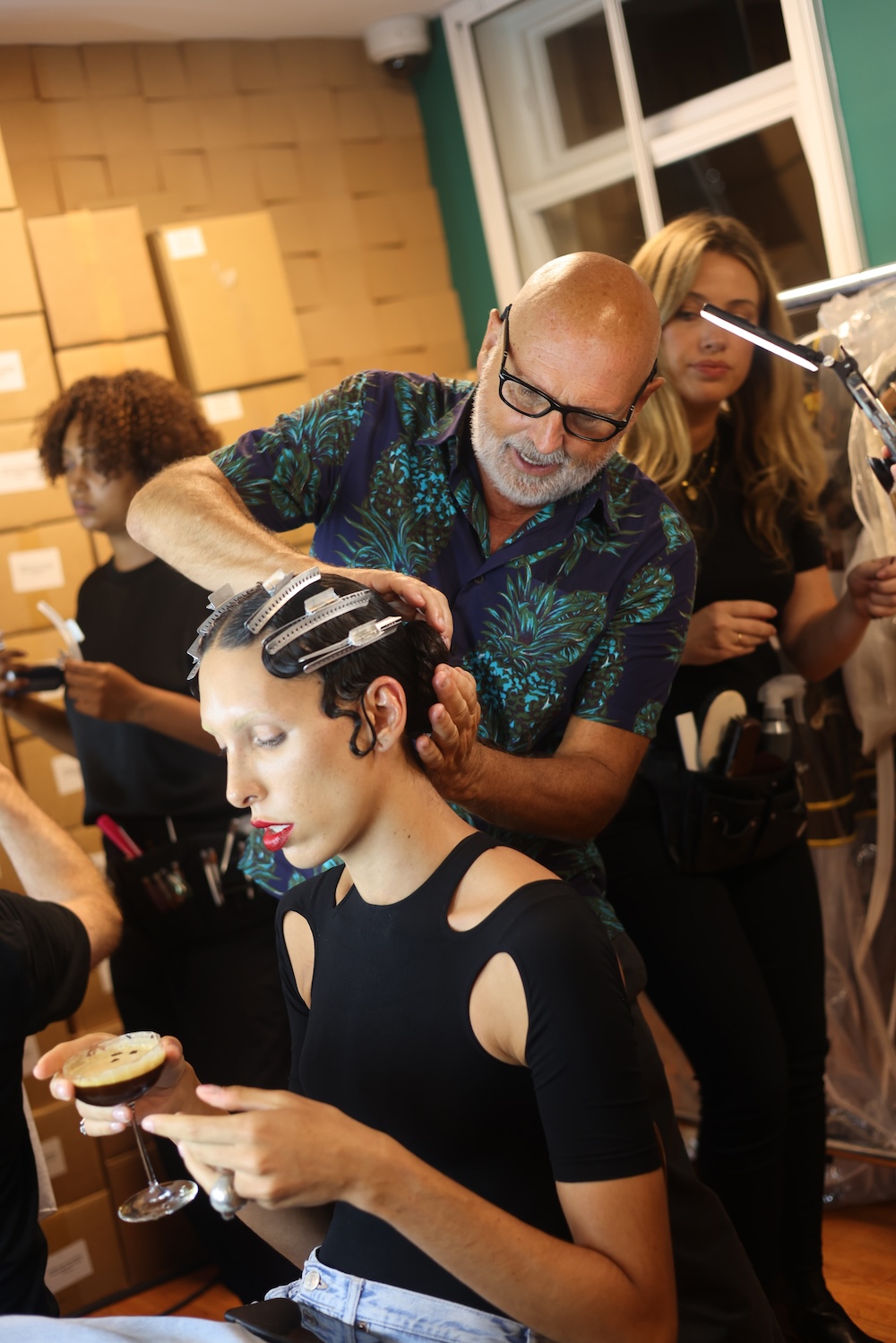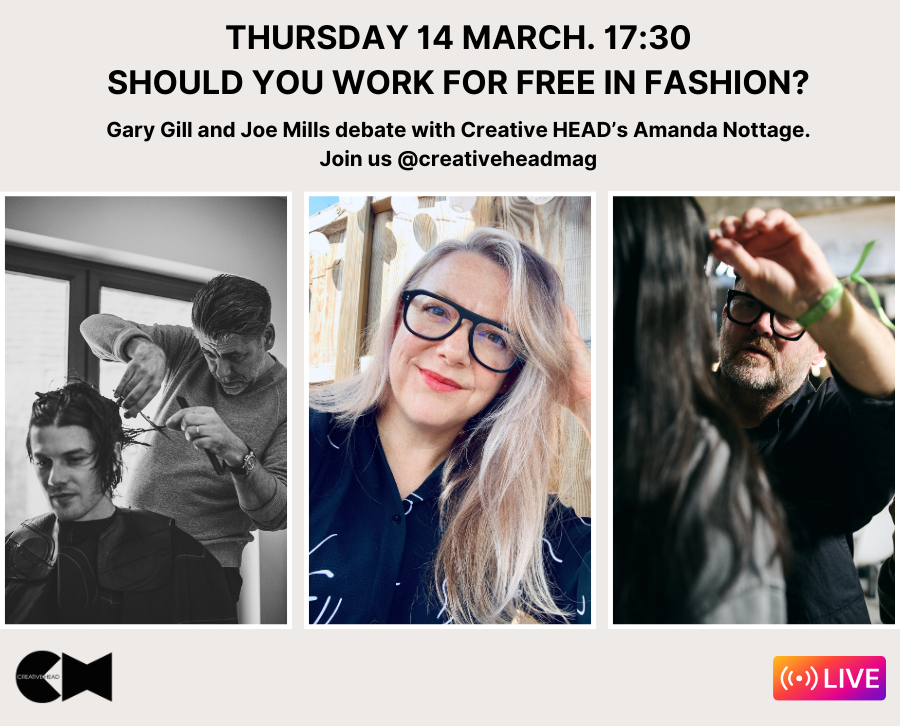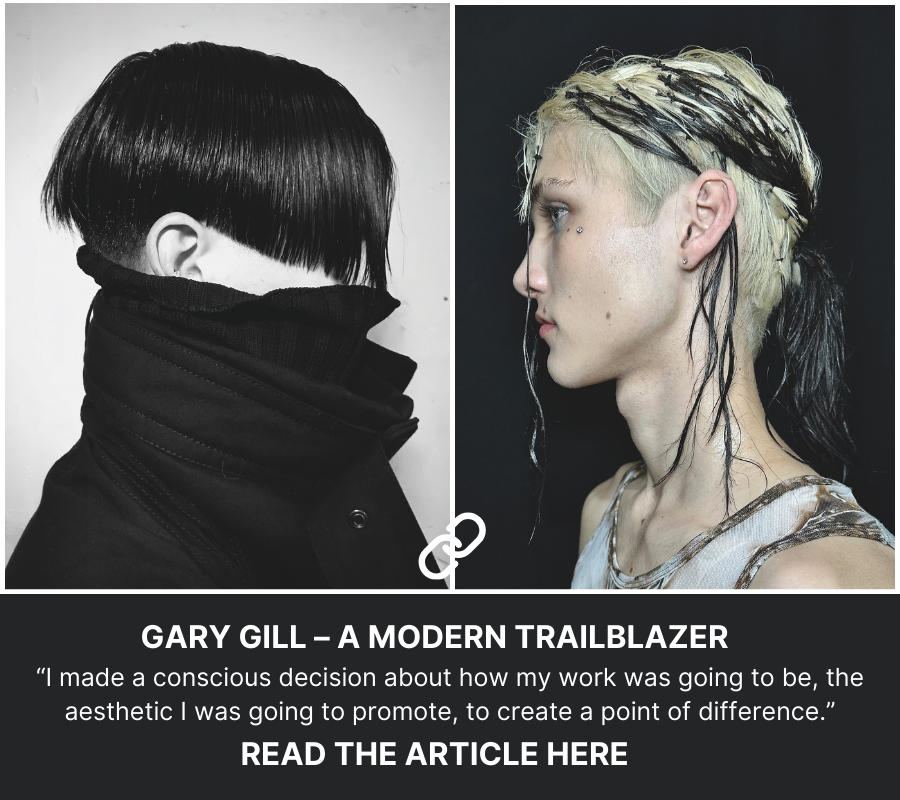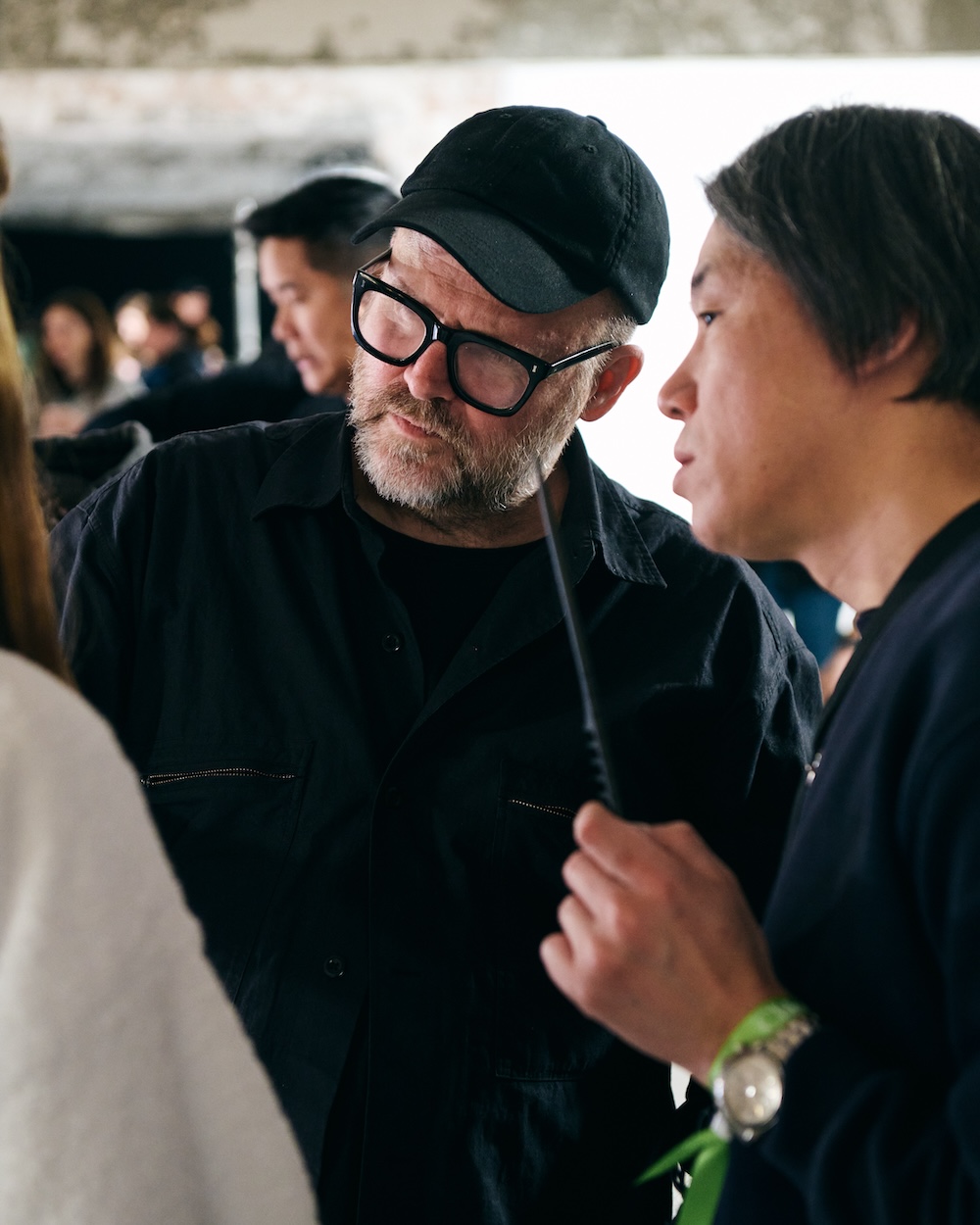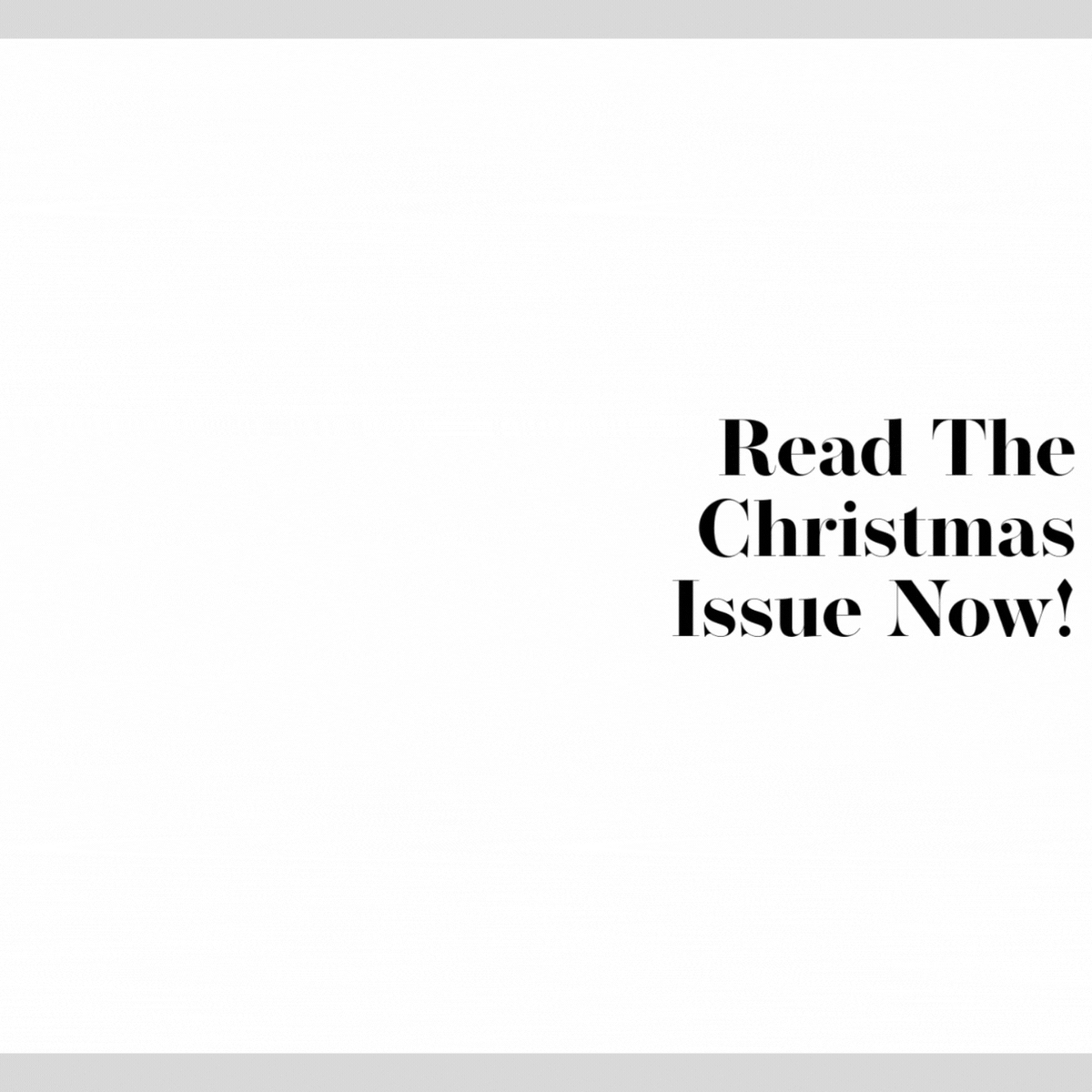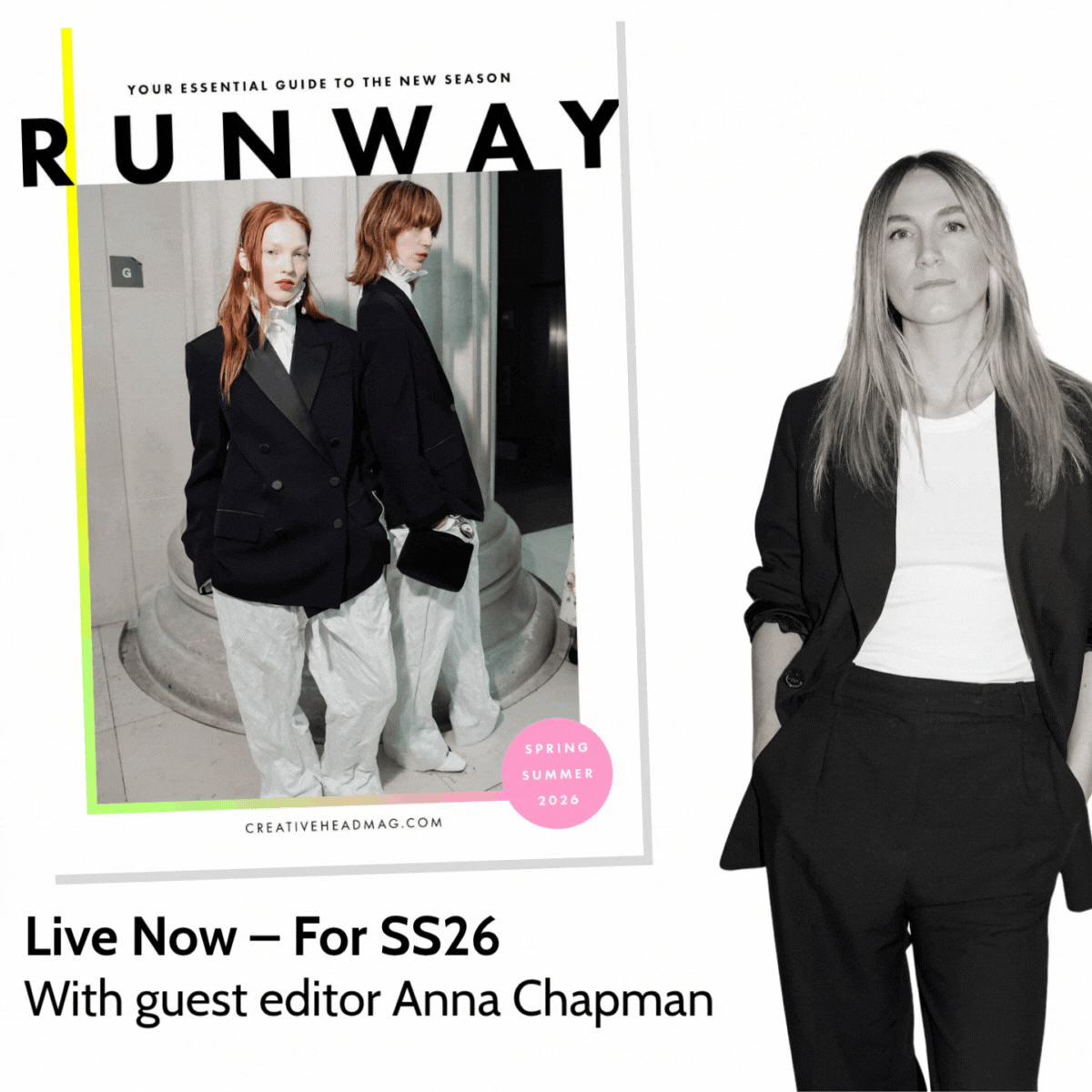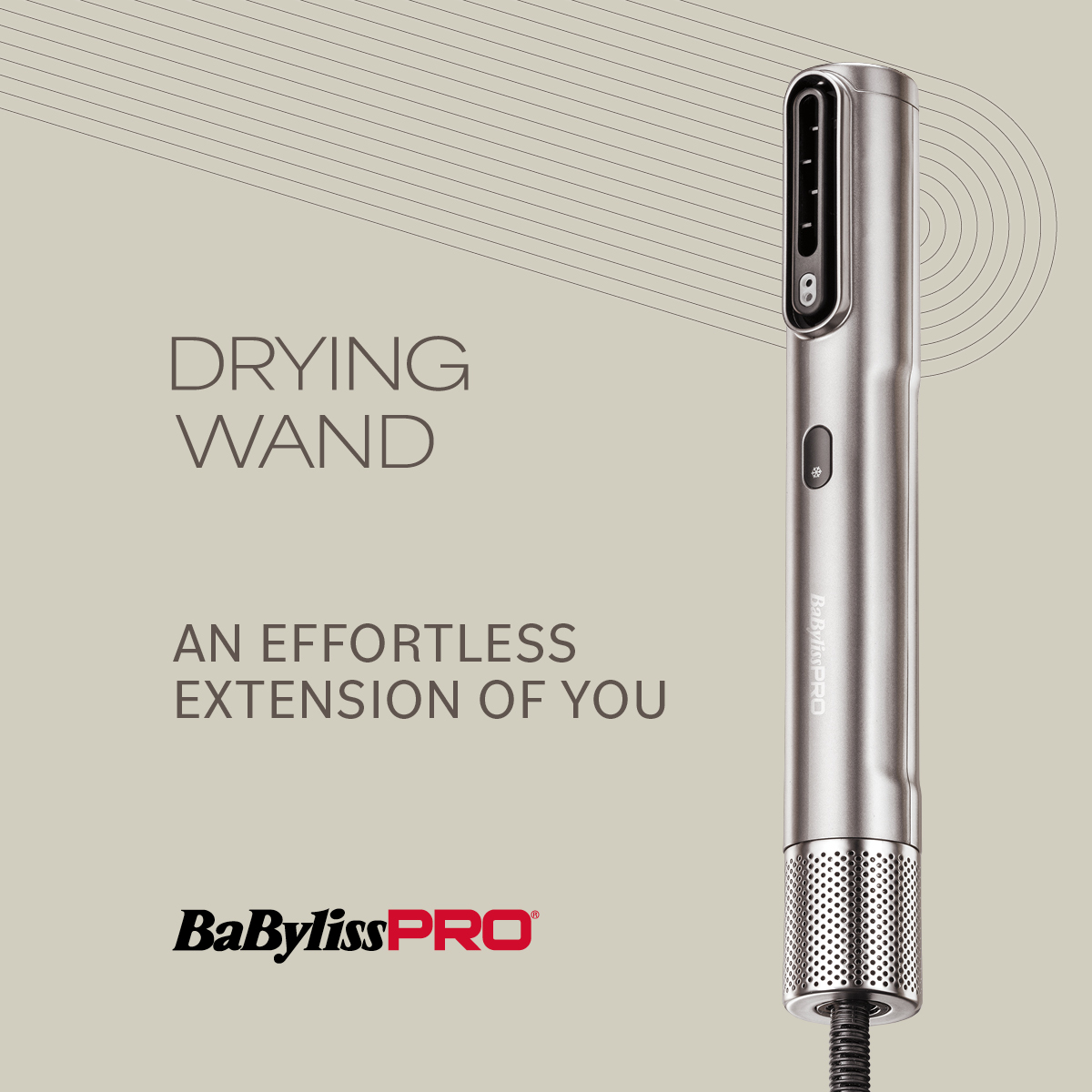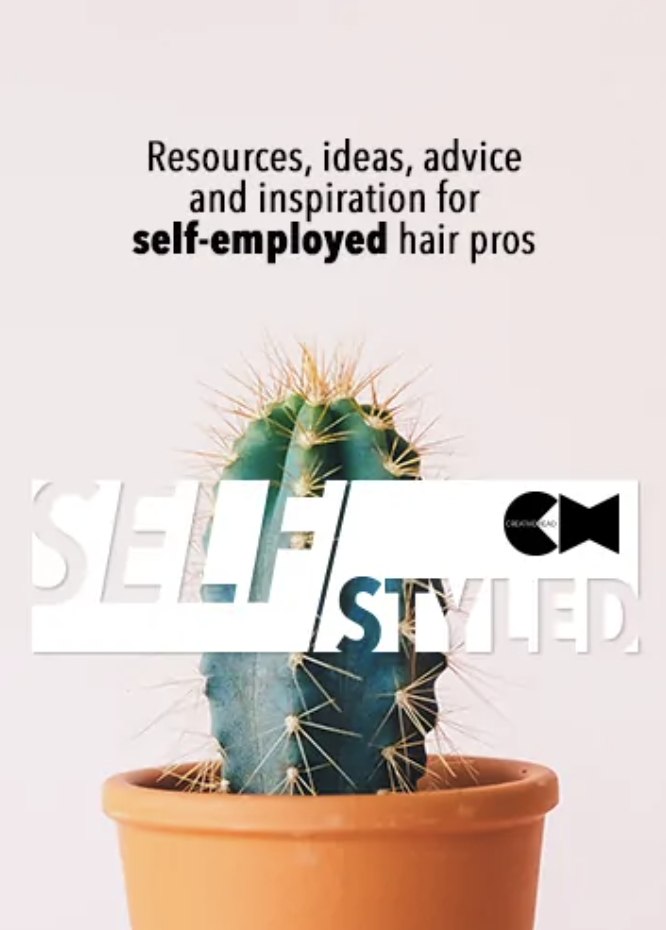The John Frieda creative director on her hair facial service launch – and why every stylist should be delivering this to clients.

“ONLY ONCE WE FEEL IT, CAN WE START TO MOVE THROUGH IT” – WHAT YOU NEED TO KNOW ABOUT…FAILURE
"ONLY ONCE WE FEEL IT, CAN WE START TO MOVE THROUGH IT” – WHAT YOU NEED TO KNOW ABOUT...FAILURE
Things fall apart, it’s inevitable, but it’s how you respond to failure and grow from it that will lead to success.

Unsplash/Bernard Hermant
That fuzzy feeling when you attract a new client, turn a lovely profit, or receive a pat on the back for a job well done… it’s great, isn’t it? But life can’t be all good news. We humans are bound to take a wrong step and face failure at various points. Instead of seeing failure as the bogeyman of business, see opportunities for improvement, suggests Gina Conway, owner of Gina Conway Aveda Salon and Spa. “I had to close two locations after lockdown. But I looked at the positives. I had more time and energy to put into one salon and academy, and breathed fresh life into it. Knowing what I know now, and after many ups and downs, I feel I’m in the best professional place in my life.” Failure can be used as a litmus test to figure out whether you’re on the right track in your business. “Sometimes, the world isn’t quite ready, and it’s telling you to listen harder and make some changes,” adds Gina.
Ben Lifton, founder of social media marketing brand Content Kweens, marketing services firm UGC Creators, and a speaker at Salon Smart 2024, advises to check if what you’re experiencing is actually failure… “or does the thing we wanted not serve us anymore”? If it is failure, sit with the feeling as “only once we feel it, can we start to move through it”. Then he advises to process that but “don’t look back and regret”, because that leads to resentment. Afterwards, “identify what influenced us to end up where we are now”, then finally learn and take that learning forward.
“Knowing what I know now, and after many ups and downs, I feel I’m in the best professional place in my life.”
Gina Conway
Perceived failures can leave everyone in a business feeling deflated. But at hair and beauty salon Fringe Benefits in Gloucester, owner Marina Hodgins employs a positive approach to turn things around. “When team members have left and taken their clientele, which has a detrimental effect on turnover and team morale, we dust ourselves off and start again,” she says. “We contact clients to offer an alternative team member that they would be suited to, offering a bonus such as a free reconditioning treatment to demonstrate how we value their support. This helps to grow a team member, boosting confidence.”
Constant success could lead to complacency. Failures, on the other hand, encourage business leaders to stand up and fight. In the case of Fiona Canning Allen, owner of Ark-i-tec Hair in Bradford, failure wasn’t the end “but a stepping stone to growth”. “I’ve learnt to adapt and seek support to navigate the evolving landscape of salon ownership,” she admits. “Through these experiences I’ve become resilient, determined to flourish even amid challenges, and focused on fostering a salon environment where both clients and staff thrive.”
Unless you’re superhuman, failure is an inevitable occurrence in your career. When faced with it, listen to these voices above and unpack them first. Use the experience to grow, learn and get better. Once a positive analysis of your perceived failure has had its use, move on with your chin up, head up, and heart full…
Related
Zoë Irwin Wants YOU To Offer This Hair Service
Beyond The Chair Care
How salons are transforming their communities all across the UK and Ireland
Secrets Of Two Social Media Experts
Following the success of Stā Social, Samantha Cusick and Conor Doyle chat candidly about all aspects of social media.
